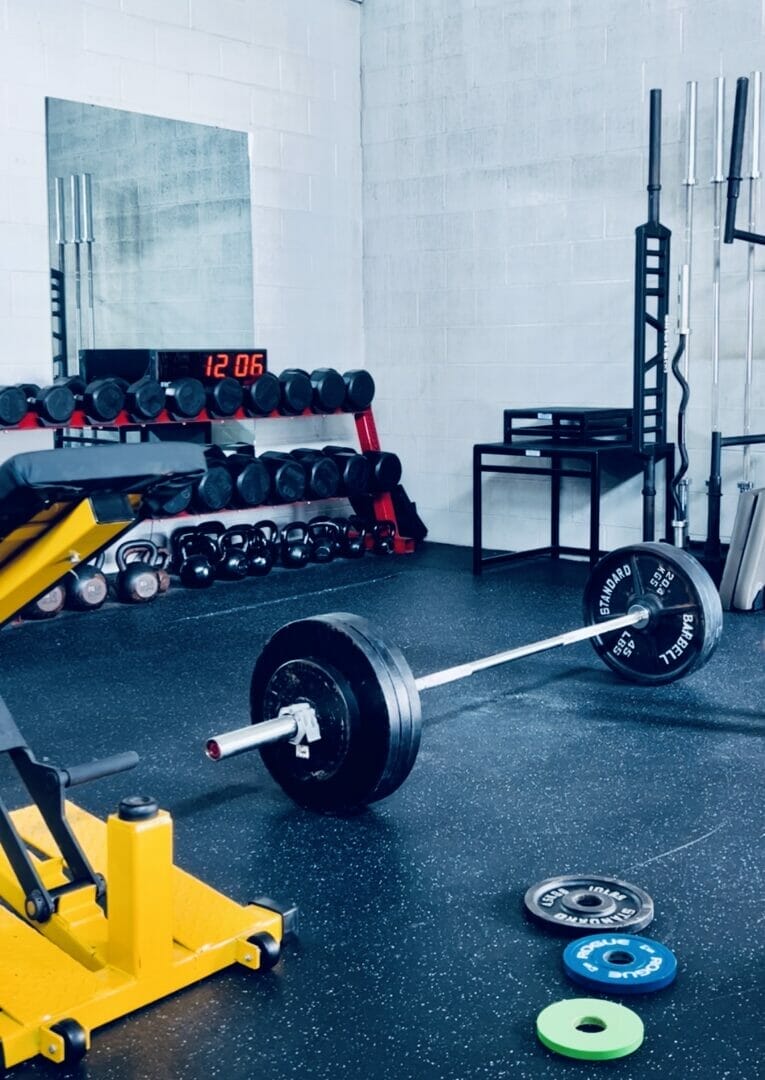
By: Coach K-Mac
Introduction: Youth sports, especially hockey, are a fantastic way for children to learn teamwork, discipline, and healthy competition. As parents, you want to provide the best opportunities for your young athletes to succeed and thrive. One vital aspect of their development often overlooked is strength and conditioning. In this blog post, we’ll explore why strength and conditioning are crucial for youth athletes between the ages of 12-14, focusing on how they can positively impact a budding hockey player’s journey.
The Growing Importance of Strength and Conditioning: During the ages of 12-14, children undergo significant physical and physiological changes. This period, often referred to as the “golden age of trainability,” presents an excellent opportunity to introduce structured strength and conditioning programs. These programs aren’t about building bodybuilders; they’re about helping young athletes develop a solid foundation of physical skills that will serve them well in their hockey pursuits.
**1. Enhanced Physical Performance: Strength and conditioning programs tailored for young hockey players help improve their overall physical performance. Increasing muscle strength, flexibility, and cardiovascular endurance contributes to better agility, speed, and power on the ice. These qualities can translate into improved skating, shooting, and overall game performance.
2. Injury Prevention: The rigors of hockey can place substantial demands on young bodies. A well-designed strength and conditioning routine can help prevent injuries by developing muscles, tendons, and ligaments that support the body’s joints. Learning proper movement patterns and body mechanics can minimize the risk of overuse injuries common in growing athletes.
3. Developing Good Habits: Introducing youth athletes to structured strength and conditioning instills discipline and healthy habits from an early age. These habits can extend beyond the rink and into other aspects of their lives, fostering a lifestyle of wellness and physical activity.
4. Confidence Building: When young athletes notice improvements in their physical abilities, their self-confidence receives a significant boost. Feeling stronger and more capable can positively impact their mental attitude both on and off the ice.
5. Long-Term Athletic Development: The foundation laid during the ages of 12-14 forms the basis for a young athlete’s long-term development. While immediate performance matters, nurturing their physical abilities at this stage can lead to a more successful transition into higher levels of hockey and sports if they choose to pursue them.
Implementing a Youth-Focused Strength and Conditioning Program: When implementing a strength and conditioning program for youth hockey players, consider the following guidelines:
- Professional Guidance: Enlist the help of certified strength and conditioning coaches who understand the unique needs of young athletes. They can design age-appropriate and safe training programs.
- Balanced Approach: Focus on developing overall athleticism rather than specialized training at this stage. Incorporate exercises that promote strength, flexibility, coordination, and cardiovascular fitness.
- Progressive Overload: Gradually increase the intensity and complexity of exercises over time to avoid overtraining and ensure continual growth.
- Nutrition and Recovery: Emphasize the importance of proper nutrition and sufficient rest. Young bodies need fuel to grow and recover from physical activity.
- Enjoyment: Keep the training enjoyable and engaging. Foster a love for physical activity by incorporating games, challenges, and variety into the routine.
Conclusion: As hockey parents, you play a pivotal role in your child’s athletic journey. By prioritizing strength and conditioning between the ages of 12-14, you’re setting the stage for their success both on and off the ice. The skills they develop during this period can have a lasting impact on their performance, well-being, and overall enjoyment of the sport. So, invest in their future as athletes by investing in their physical development today.


